
What does it mean when Apple raises prices but doubles storage? For the iPhone 17 Pro, that question cuts to the heart of a broader shift in the company’s premium device strategy one that blends hardware engineering advances, supply chain economics, and market positioning into a single, calculated move.
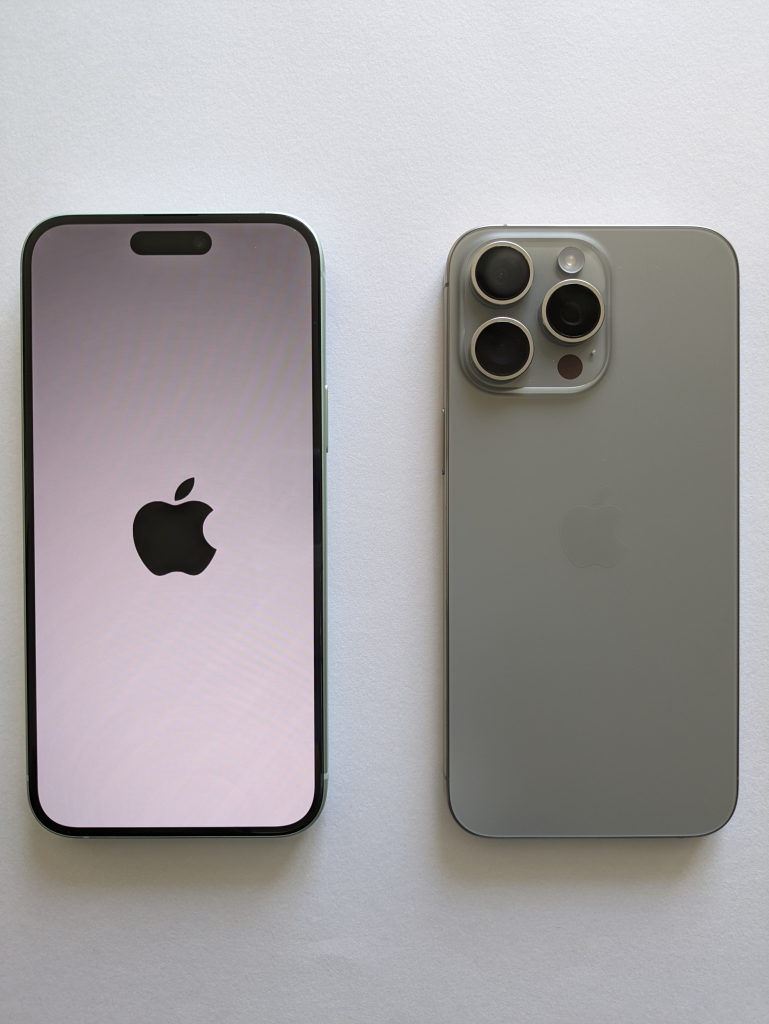
1. The End of 128GB for Pro Models
Apple held out for years on expanding the base storage of its Pro iPhones past 128GB, even as users were taking high-resolution images, recording ProRes video, and loading more storage-greedy apps. Now, based on leaker Setsuna Digital, “In 2025, Pro will finally start at 256GB. This is really not easy for Apple.” The iPhone 17 Pro will bring its baseline in line with the Pro Max’s long-standing 256GB, in effect doing away with the lower tier. This follows Apple’s 2023 iPhone 15 Pro Max strategy, where the 128GB variant was eliminated and the starting price silently increased.
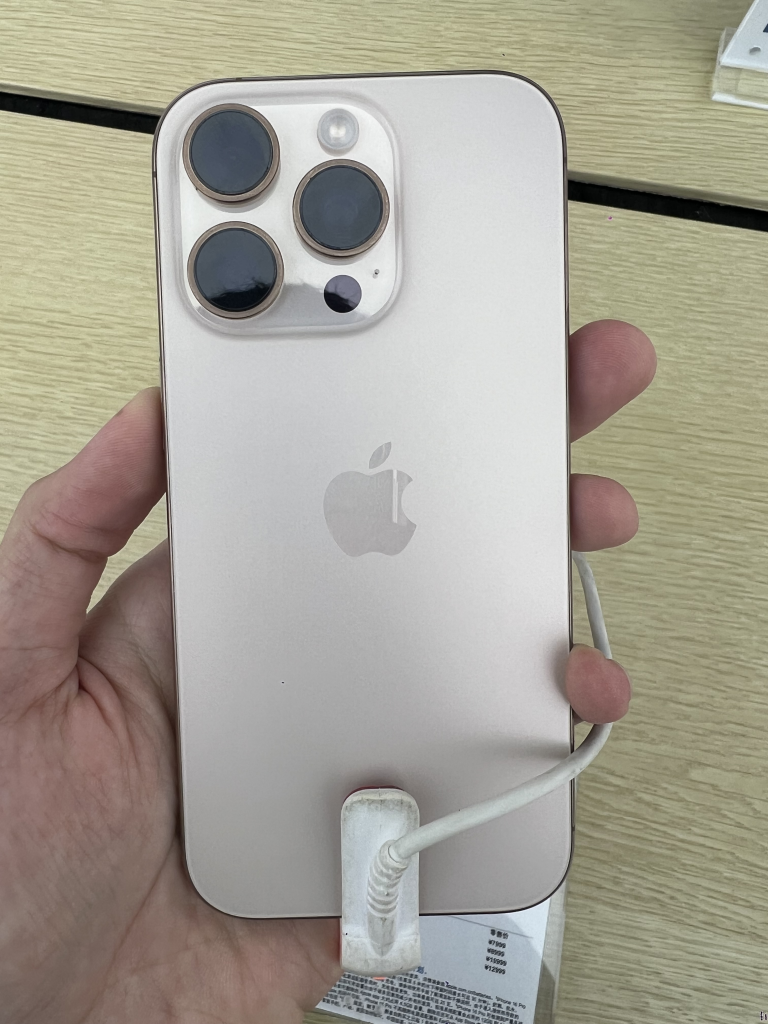
2. A $50 Price Hike Or a Value Rework?
Several analysts, such as GF Securities’ Jeff Pu, anticipate a $50 price hike for the iPhone 17 Pro to $1,049. However, the transition to 256GB implies that, versus the $1,099 Apple is now offering a 256GB iPhone 16 Pro, the new one may be positioned as a price reduction. The strategy mitigates the optics of a raise while supporting Apple’s high-end positioning.

3. Tariffs and the Supply Chain Factor
The shift in pricing is more than just marketing. U.S. tariffs, at 20% on China-imported iPhones currently, are squeezing margins. Although most iPhones destined for the U.S. today originate in India, evading that tariff, trade policy uncertainty during the Trump administration has made Apple play it safe. As Pu cautions, applying tariffs to Indian-made phones could add up to “hundreds of dollars,” driving further changes. Apple’s diversification to suppliers such as Foxconn and Pegatron in India is every bit a geopolitical hedge as it is a manufacturing strategy.

4. NAND Flash Memory Economics
Doubling base storage also crosses over into the volatile NAND flash market. High-density NAND prices have been headed in the wrong direction since pandemic-era spikes, so 256GB configurations are more cost-viable. By committing to a higher baseline, Apple is able to take advantage of economies of scale in component purchasing while separating Pro models from non-Pro ones.
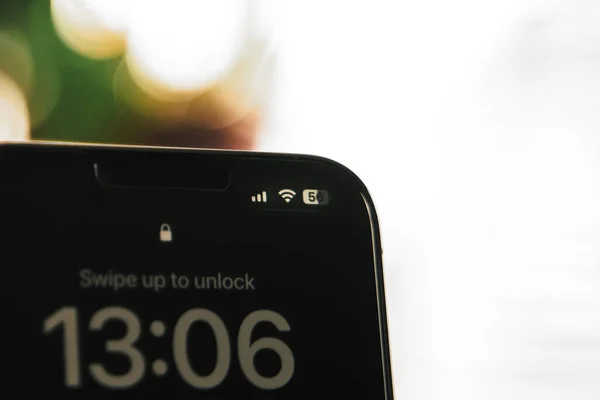
5. A19 Pro Chip and Thermal Engineering
In addition to storage, the iPhone 17 Pro will also introduce the A19 Pro chip, which guarantees better performance and efficiency. This silicon will be accompanied by a claimed vapor chamber cooling system, the first for iPhones, which will help maintain peak performance when gaming for long periods or recording 4K videos. Vapor chambers employ a sealed liquid-filled module that quickly dissipated heat from the processor with minimal thermal throttling, allowing for faster charging without burning up.
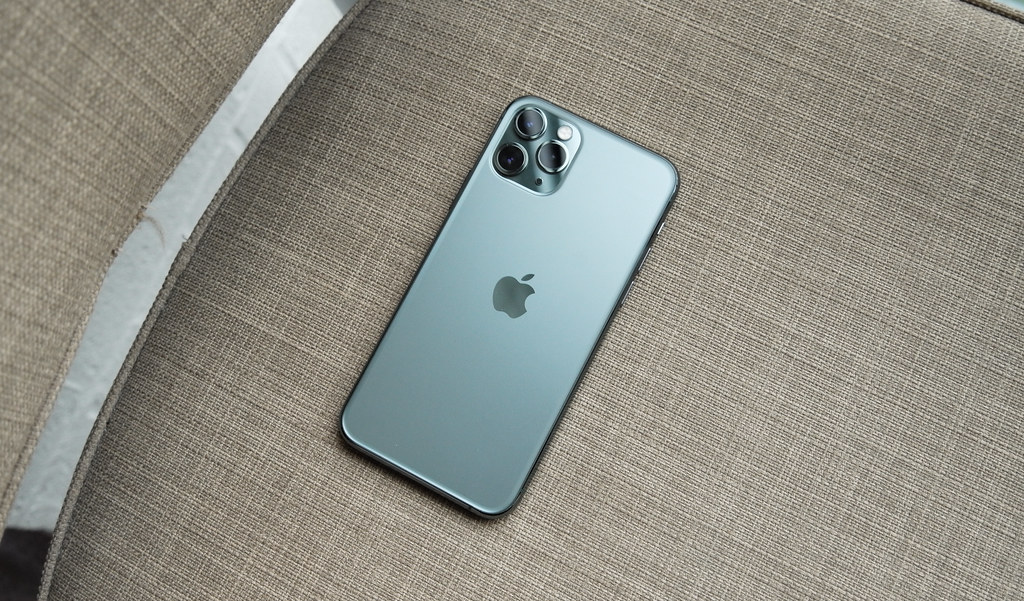
6. Redesigned Camera Architecture
For the first time in an iPhone since the iPhone 11 Pro, Apple is revisiting the rear camera configuration. The new look replaces the rounded square hump with a horizontal camera bar running across the width of the phone. All three cameras on the back main, ultra-wide, and telephoto are rumored to have 48-megapixel sensors, a jump in resolution consistency that will make computational photography workflows more efficient. The telephoto upgrade is especially welcome for pro users taking high-detail zoom photos.
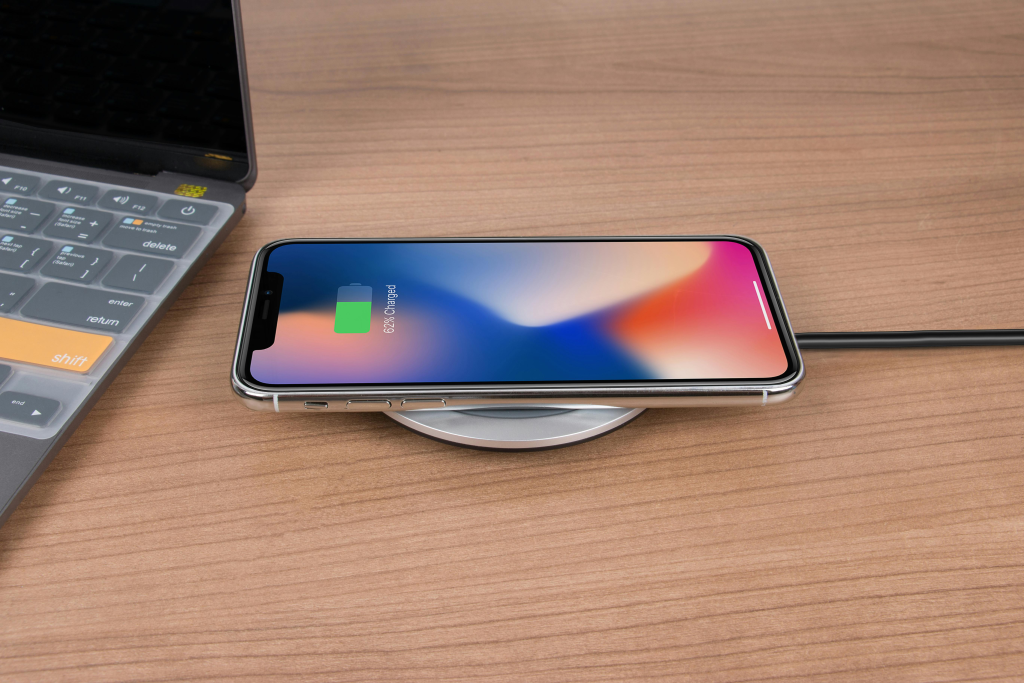
7. Materials Shift and Structural Changes
In a shock decision, the iPhone 17 Pro might go back to aluminum-infused back, with a glass window for wireless charging and MagSafe. Although aluminum is simpler to machine and lighter, it also has better thermal conductivity supporting the vapor chamber system. The Pro Max model is said to be thicker, possibly with a bigger battery for longer runtimes.
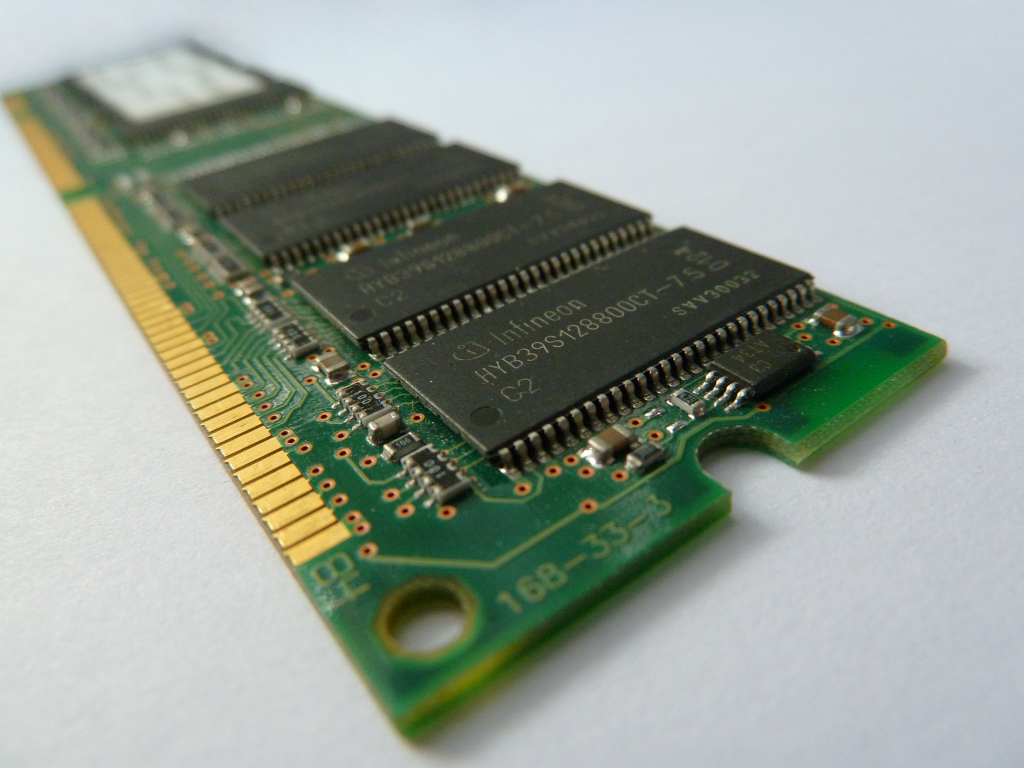
8. Connectivity and Memory Upgrades
Apple’s in-house Wi-Fi chipset will make its debut in the iPhone 17 Pro, with lower latency and improved power efficiency. RAM will rise to 12GB, enabling enhanced multitasking and AI-related features in iOS. A new 24MP front-facing camera and dual video recording modes will accommodate content creators, further rationalizing the storage bump for large media files.

9. Market Positioning and Consumer Impact
The iPhone 17 line will range from the $799 starter model to the $1,249 Pro Max, with new iPhone 17 Air Apple’s thinnest phone ever centered at $949. The Air’s price points cannibalize Pro sales but hit a different segment of buyers. With the Pro models, Apple’s pairing of increased storage, new materials, and enhanced thermal and imaging technologies places them as instruments for professionals and enthusiasts who are willing to pay for capability.
Through the integration of component cost developments, manufacturing plan, and engineering improvements, Apple is not just increasing prices it is resetting the value proposition for its high-end smartphones. The iPhone 17 Pro’s 256GB starting point is as much a technical and strategic announcement as it is an indication of where Apple sees the future of high-end smartphones heading.


